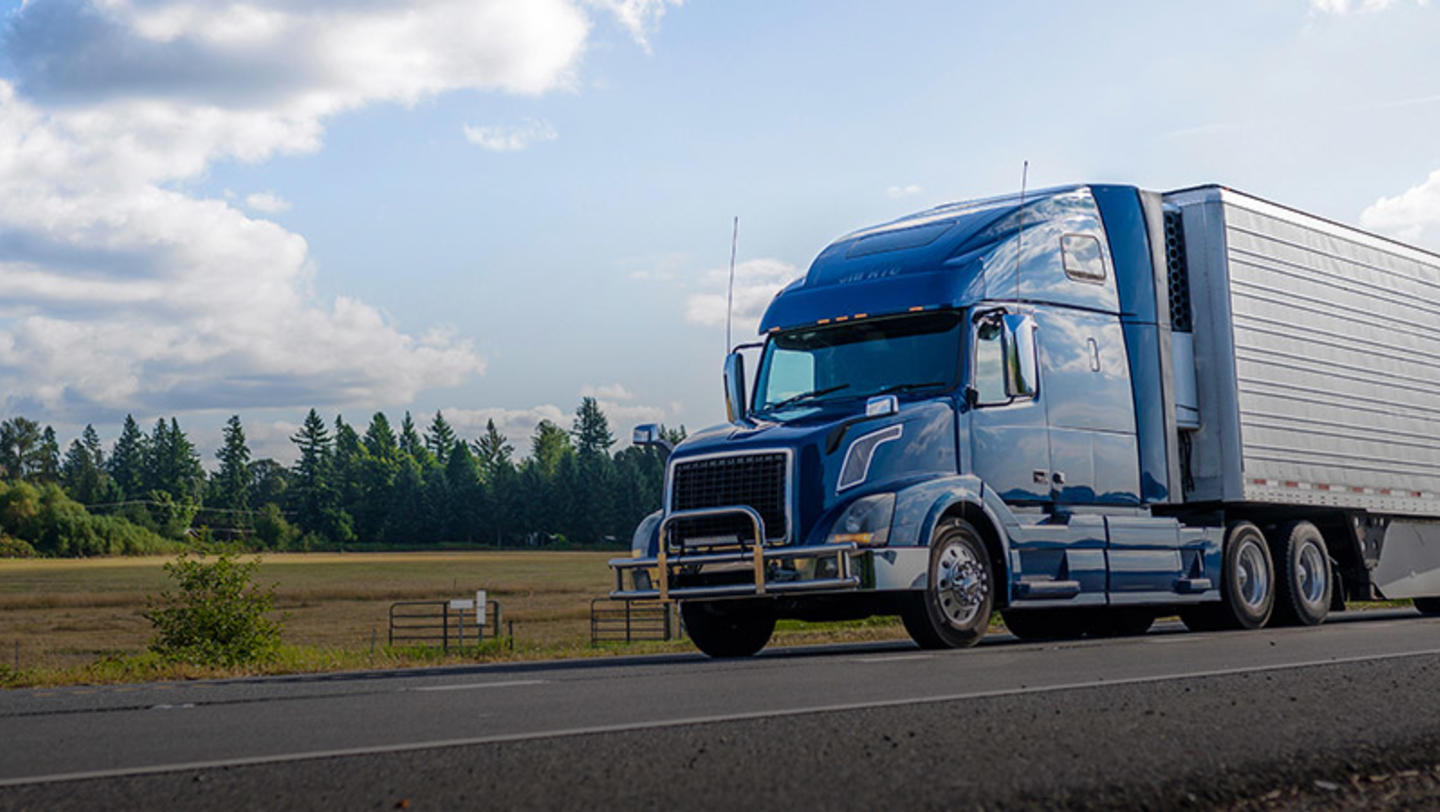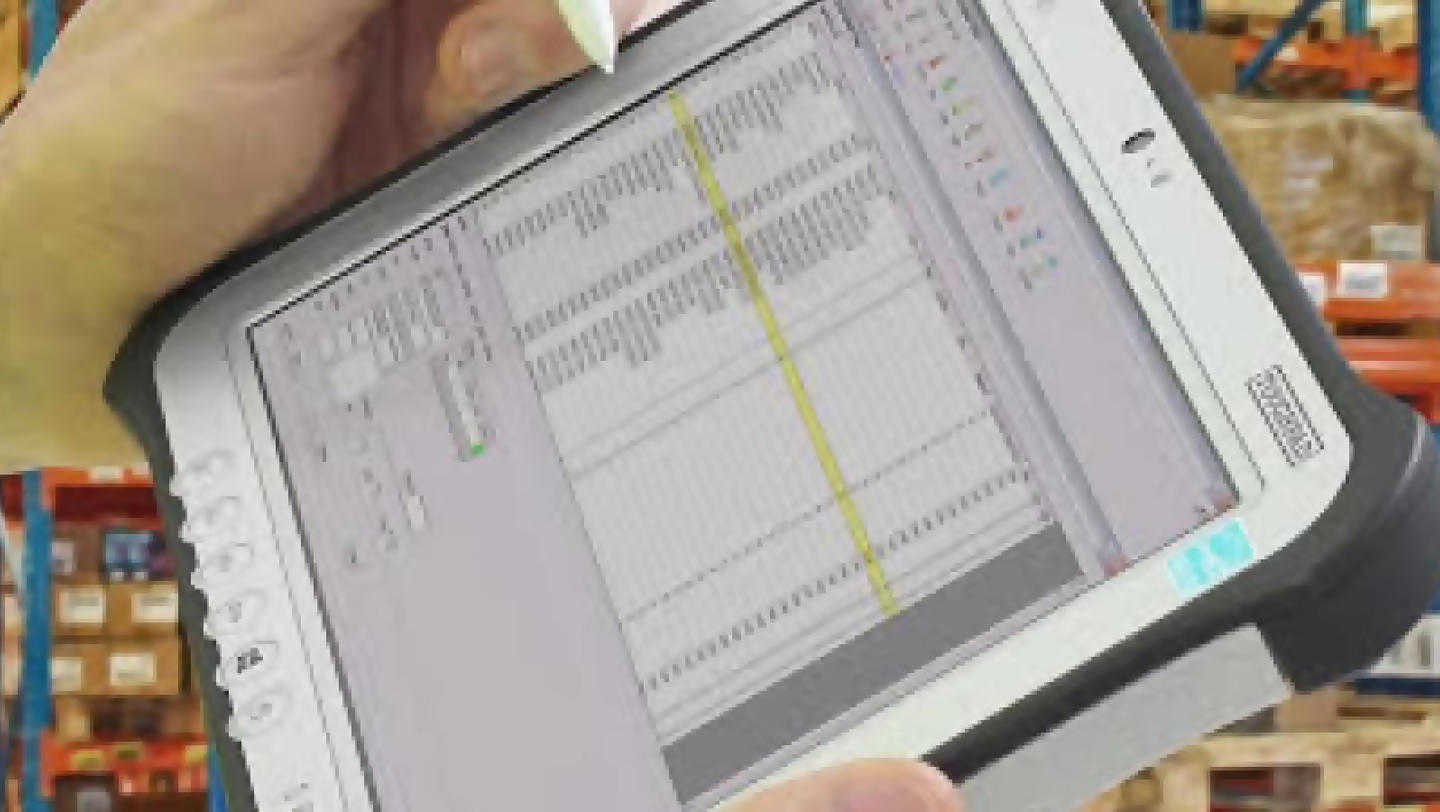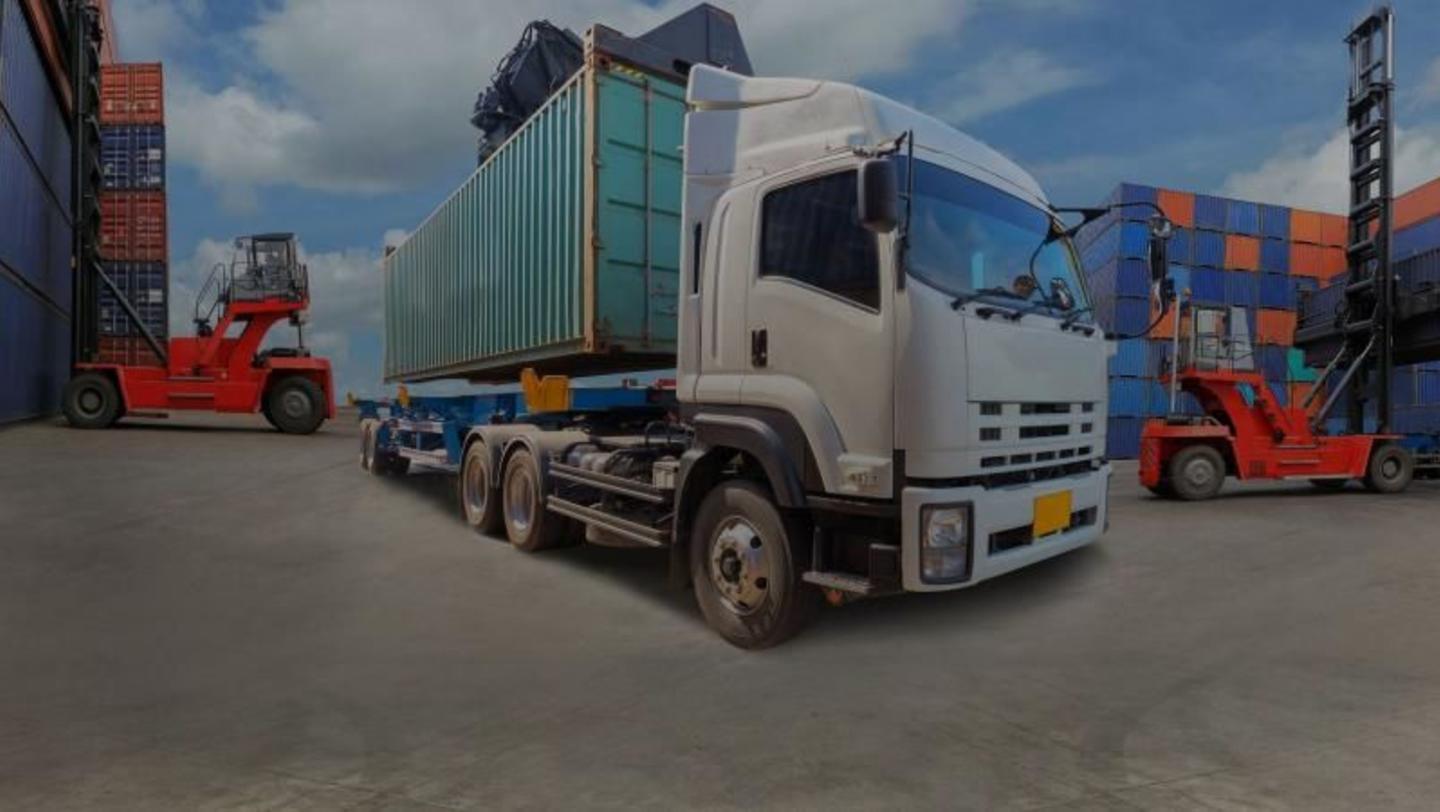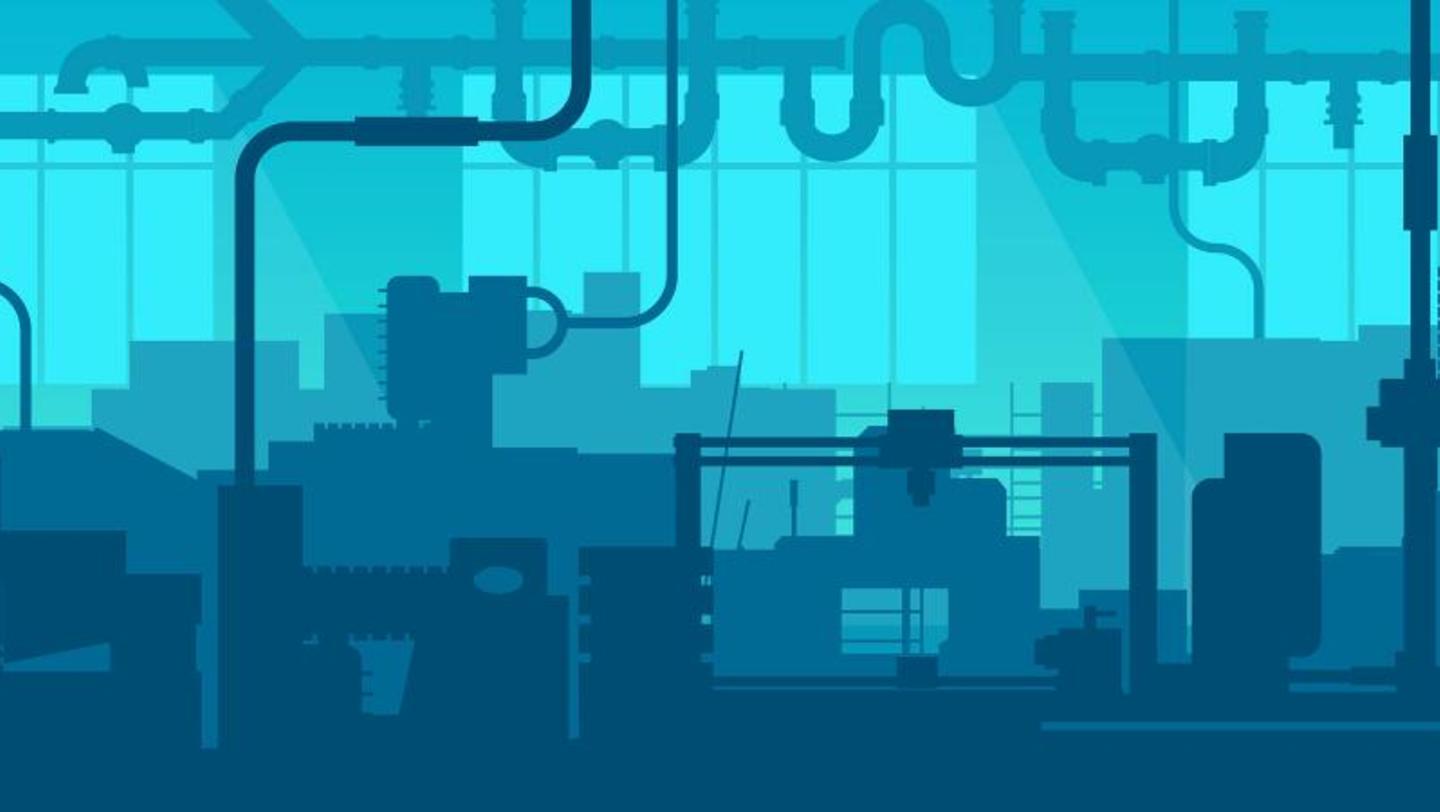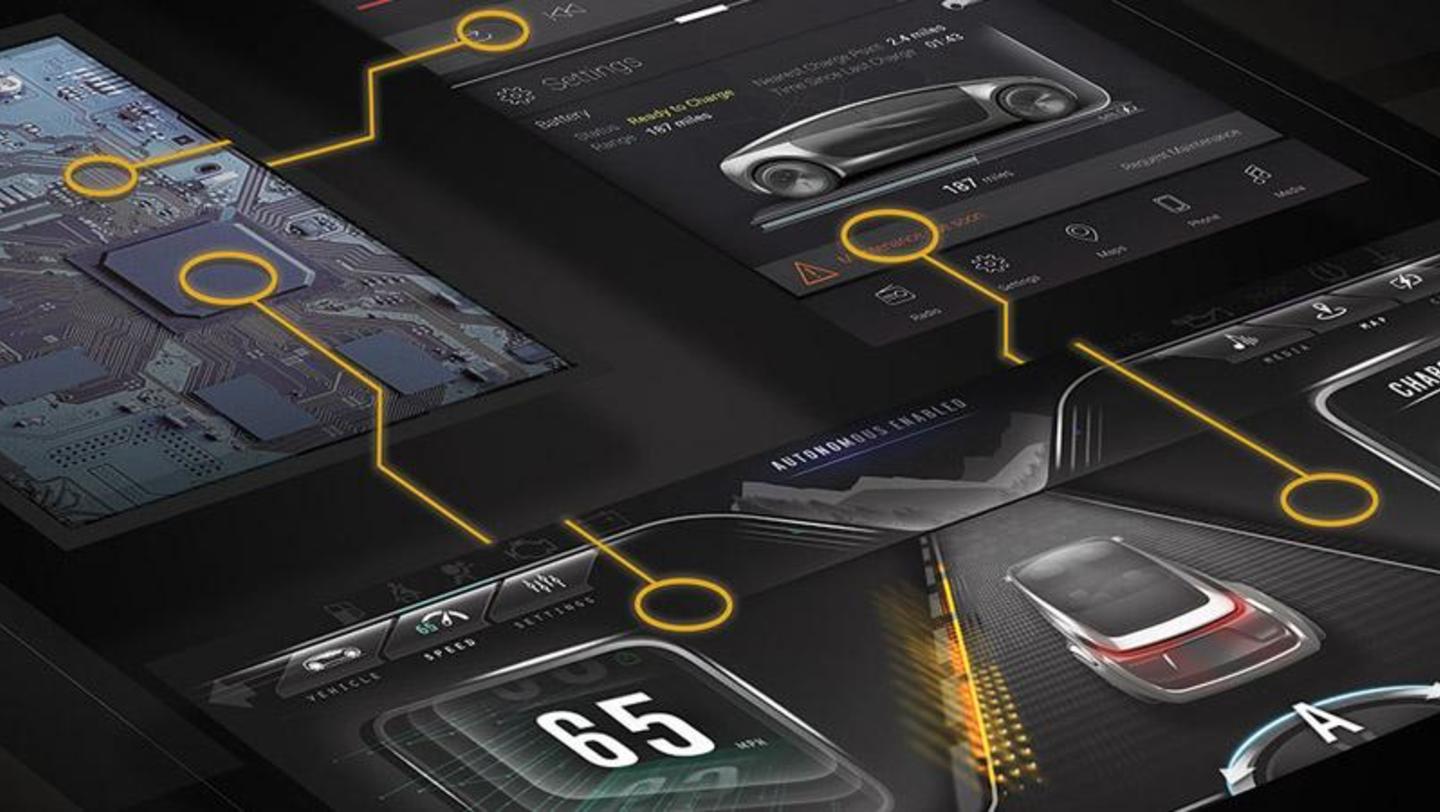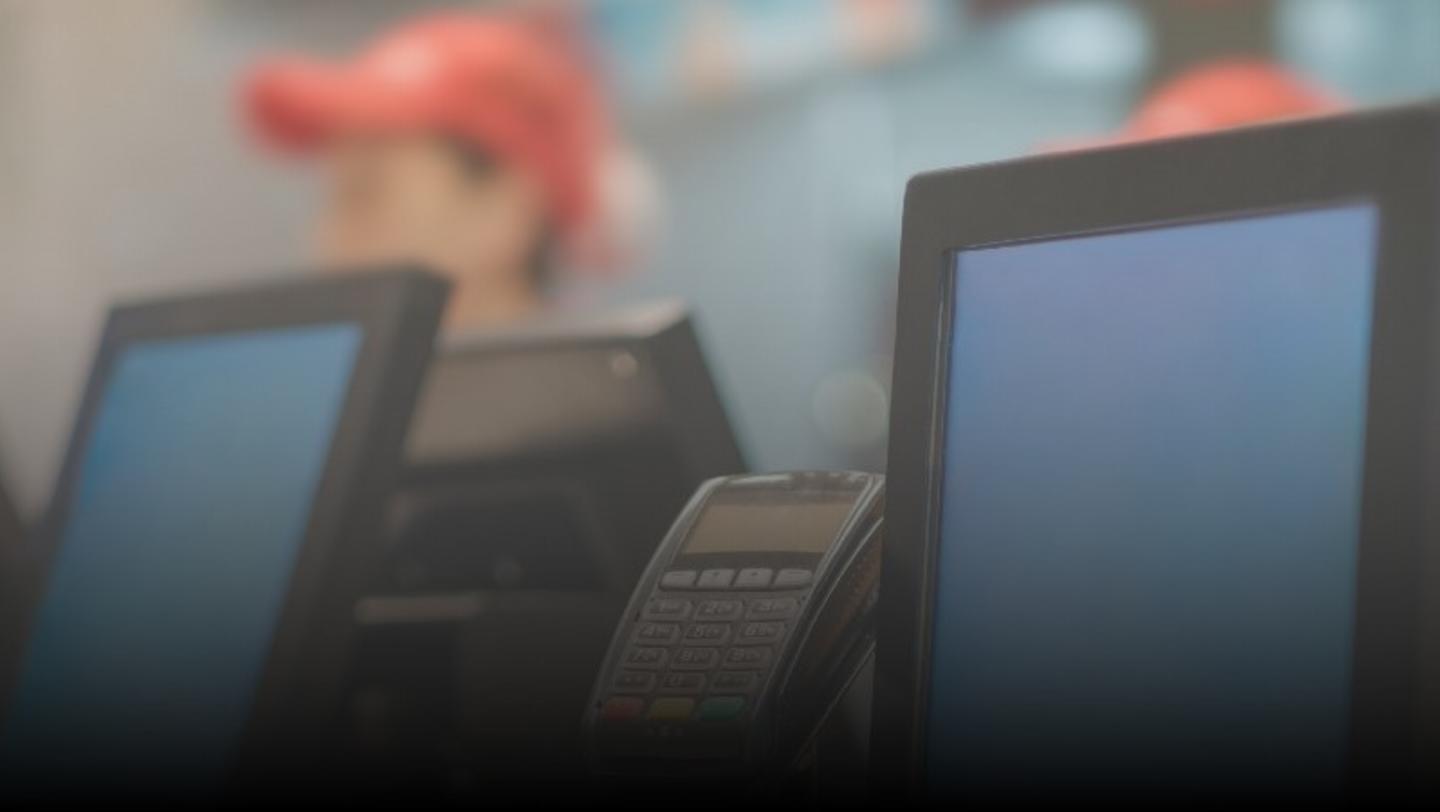High tech trends at ice cream parlours
Disruptive technologies are on the menu at restaurants across the country including summertime's favourite purveyors of frozen dessert.
Not all restaurant innovations come in the form of new flavours. Some important breakthroughs arise as solutions to problems plaguing restauranteurs - from high labour costs to declining traffic - and thanks to disruptive technologies they're available to the nations smallest and largest restaurant businesses.
- Connected Kitchens - In a Panasonic study on disruptive technologies, 3 of the top 5 adopted technologies are cloud, IoT and robotics. In the connected kitchen, disruptive technologies are on display - syncing appliances to the cloud, enabling communication over a network, remote management and sophisticated predictive analytics.
- Personalized Experiences - Panasonic research on disruptive technology shows significant interest in personalization. Of all industries studied, 90% called personalization critical to future success. The hospitality and retail industry are turning to artificial intelligence to create an increasingly nuanced experience for their customers.
93% Agree that personalization is important to the future success of their company, but how do they define it?
- 41% "Making it simpler for customers to engage with the company"
- 20% "Being able to customize services and offerings for every customer"
- 19% "Using customer data to predict and impact purchase behaviour"
Disruptive technologies restaurants have adopted.
- Mobility - 90%
- Cloud - 84%
- IoT (Internet of things) - 55%
SOURCE: This research was commissioned by Panasonic Corporation of North America and fielded in the U.S. and Canada. The survey included 200 CTOs and other senior technology decision makers in organizations with at least 200 employees.





